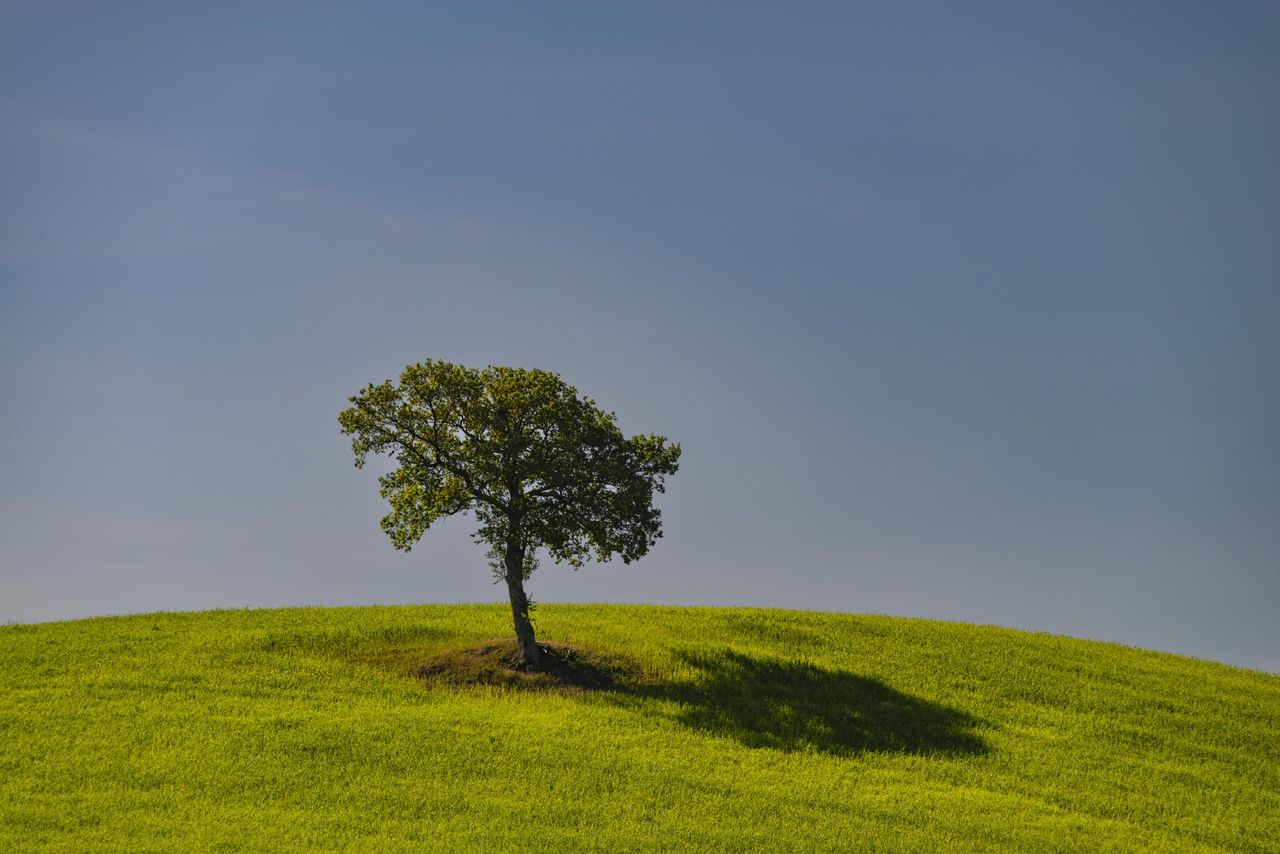The trees with fruits so sweet and delectable that badgers have been known to batter their way through iron gates to get to them
Garden designer and writer Isabel Bannerman doesn't normally advocate taking plants from one house to another — but her mulberry tree has been with her for years.


On a visit to the Gains borough Museum in Sudbury, Suffolk, in August, I lost my husband for half an hour and began to get nervous. Fortunately, an attendant had spotted him vanishing under the cloak of the old mulberry tree in the garden. There I found him, lips and fingers bloodied, scrumping the bulbous goodies that hang darkly sticky under the heart-shaped leaves.
The fruit of the morus come in three colours: white from India and China, black from the Armenian highlands and red from the midwestern US. Morus alba, cultivated for 5,000 years in the Far East, are fast growing with translucent lettuce-y leaves, the favoured food of silkworms. M. nigra, the most prevalent mulberry in gardens today, are the longest living (they look ancient at an early age) and, to my way of thinking, the most compelling, bearing in August bushels of juicy ‘drupes’ — for they are not fruits, but hard seeds encased in pulpy flesh, around a pithy cortex.
Archaeology suggests they were brought here by the Romans. Cultivated in medieval monastic and physick gardens, they suffered a downturn following the Dissolution and so it was that, in 1611, James I wrote a letter to all the parishes encouraging the planting of mulberries in the hope of developing a homegrown silk industry. Invoices from the palace are evidence that both black and white were purchased, perhaps in a muddle (which persists to this day) over which is the desired cultivar for fruit production and which for silk (‘Here we go round the mulberry tree’, August 16, 2023). The latter can be less hardy and this was the decade of frost fairs on the Thames. Hence, the black prevailed as a garden tree and many 400-year-old trees survive from that time, notably at Charlton House in London and many Oxbridge colleges.
"Once picked, they last not. This ambrosia is best swallowed on the spot."
Black mulberry trees are robust and hardy, good growers. They root easily, from softwood cuttings especially, but also from hardwood ones — sometimes sticks and stumps simply stuck in the ground will root. This is how they regenerate vegetatively in Nature, from split branches that, on contact with earth, form new root systems. This ‘phoenix phenomenon’ has been recorded at Windsor Great Park in Berkshire, where they have moved tens of yards over hundreds of years.
One detraction is that they come into leaf very late. This trait created agony for us one year at the RHS Chelsea Flower Show. The centrepiece of our garden, a mulberry found in a field near us in Somerset, was root-balled and transported on a low loader to Chelsea. We then had to create a greenhouse around our tree with scaffolding and clear plastic to bring the leaves out for the show. Weeks later, it was safely returned, in leaf, to Somerset, where it still flourishes outside the fashion accessories production office of the Mulberry Company.
Mulberry trees have been good companions throughout our garden-making life. The mulberry-guzzling husband has always planted the ‘King James’ cultivar to be sure of those luxurious sanguine bonne bouches. So attached is he to his mulberries that he insisted on digging up a 10-year-old tree, planted and nurtured by him, and taking it to Cornwall when we moved house. It sulked, but it survived another decade, only to be torn out again and brought back to Somerset. Here, where there are almost no old or distinguished trees in the garden, it provides a settled look, and it has produced fruit. I am not an advocate of dragging plants around when moving house, but the planting of trees of any sort is always a good thing.
The mulberry has mythology spun round it like sugar. For sugar is the key to its long-cultivated history, when in the healthier days before the production of refined sugar, fruit of such intense sweetness was a rare, fleeting elixir. They are irresistible to badgers (notoriously sweet-toothed — I have known them batter through iron gates to get to them), hogs, hornets, bears, wasps and humans, all seduced by Nature’s generous delectation. The magic for me is their brief season. Not the easiest thing to make into juice or jam or syrup, but, once picked, they last not. This ambrosia is best swallowed on the spot.
Sign up for the Country Life Newsletter
Exquisite houses, the beauty of Nature, and how to get the most from your life, straight to your inbox.
Isabel Bannerman is, with her husband, Julian, a leading garden designer and author of ‘A Wilderness of Sweets: Making Gardens with Scented Plants’, to be published by Pimpernel Press in May 2025

2,000 years of fountains, from Roman Britain to a 300ft modern masterpiece in Gloucestershire
The fountain has a long and fascinating history in England, from the Roman period to the present day, as John

The Experts' Experts: Britain's top designers, architects and craftspeople name the people they trust to work on their own homes
Giles Kime and Amelia Thorpe ask some of Britain's top designers, architects, builders, craftspeople and landscapers to name the specialists
Isabel Bannerman is, along with her husband Julian, one of Britain's most renowned garden designers, with over 40 years of experience. The couple were granted the Royal Warrant of His Majesty King Charles III in 2024. Isabel's latest book, A Wilderness of Sweets: Making Gardens with Scented Plants, is published by Pimpernel Press in May 2025. You can see more of Isabel and Julian's work at bannermandesign.com.
-
 Country Life Quiz of the Day: Houses, volcanoes and a bullseye
Country Life Quiz of the Day: Houses, volcanoes and a bullseye10 questions to test your memory, nous and instinct for a wild guess.
By Toby Keel Published
-
 'We’re still using the garden gates from Far from the Madding Crowd': How homes of all shapes and sizes can become stars of the screen
'We’re still using the garden gates from Far from the Madding Crowd': How homes of all shapes and sizes can become stars of the screenRenting your house out for filming can be fun, occasionally alarming, a good revenue stream and might even increase its value.
By Annabel Dixon Published